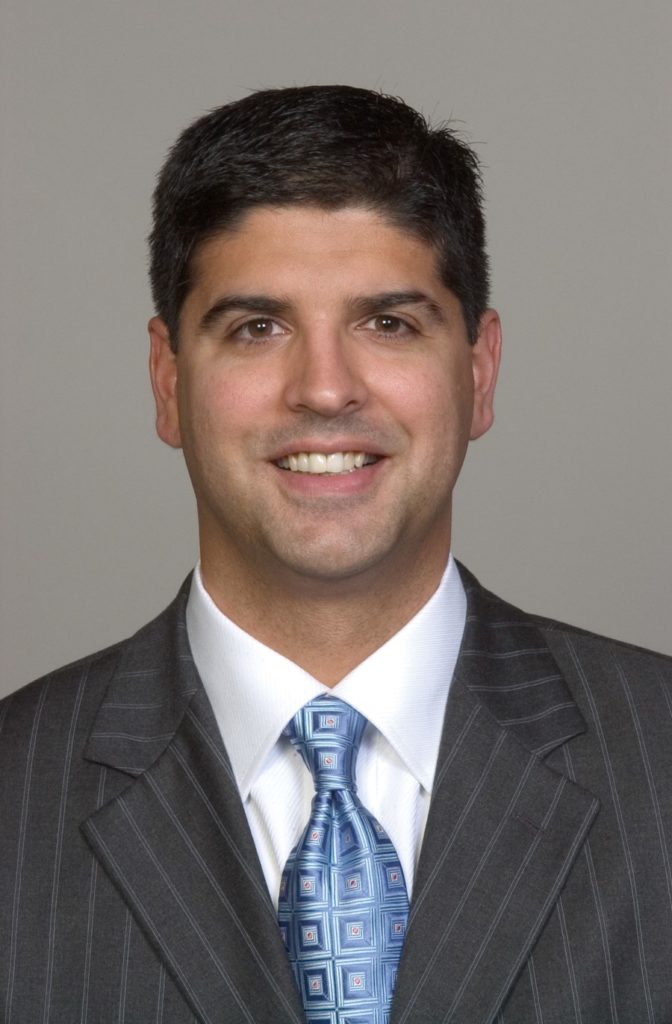

For months now, we have been following the back-and-forth accounts from our president, Dr. Anthony Fauci, and even the Centers for Disease Control and Prevention on how to combat and safely deal with the COVID-19 pandemic. On July 22, had yet another change from the CDC on letting folks back to work amidst the pandemic.
That’s when the agency updated its Guidance for Healthcare Workers, “Duration of Isolation and Precautions for Adults with COVID-19.” Previously, the CDC had been recommending that individual facility employees or staff with COVID-19 illness had to quarantine or self-isolate for a period of 10 days after symptom onset and resolution of a fever for at least 3 days before returning to work. Now, CDC recommends that isolation and precautions can be discontinued 10 days after symptom onset and resolution of a fever for at least 24 hours before returning to work. This will allow healthcare workers to come back to work sooner.
But hold on. To avoid liability, each facility needs to focus on making sure that it not only follows these new CDC guidelines but also other guidelines that may apply to their individual jurisdictions.
For example, CMS has already warned facilities to take heed of other guidelines in addition to CDC guidelines when combatting COVID-19. For example, on May 18, CMS issued guidelines for state and local officials on reopening nursing facilities. CMS encouraged the state leaders to coordinate with the health departments when deciding how to implement these CMS recommendations.
CMS suggested a variegated approach, that states may decide to initiate the reopening of nursing homes on a statewide phased approach, on a regional phased approach, or an individual facility phased approach based on specific metrics. CMS advised the states to continuously monitor the factors for opening and to be prepared to make adjustments. CMS’ factors that should be monitored are: the case status in community (e.g. number of hospitalizations in county or state), the case status in the nursing home, adequate staffing, access to adequate testing (based on the CDC recommendations for a testing plan); universal source control (face covering, social distancing, hand washing of visitors), access to adequate PPE for staff, and local hospital capacity.
So while the CDC provides these new return-to-work recommendations, facilities need to coordinate with their state and local health departments as to their additional, and possibly differing, other guidelines. What other guidelines, you ask? I’m talking about guidelines from your state department of public health and/or guidelines from your local county health departments.
What we are finding is that despite the CDC change on July 22, many state and local health departments have not yet adopted the CDC’s reduced return-to-work recommendation timeline.
On our recent McKnight’s webinar, “Worrisome Legal Issues Arising from Covid-19: What You Need To Know,” we informed attendees that following federal, state and local guidance for skilled facilities or assisted living facilities is the best practice for reducing liability against plaintiff lawsuits. After all, it is hard for a plaintiff’s attorney to say that a facility was not taking all necessary precautions to fight COVID-19 if a facility can point to its compliance and strict adherence to all current, updated COVID-19 recommendations of the CDC, CMS, and public health departments at the various state, city and county levels.
But looking back over the last few months, following those guidelines is almost as illusive as finding a cure for COVID-19. Over the last few months, for example, CMS has come out with multiple guidances, as have the CDC and state and local agencies. And as we can see from guidance over the last few months, not only is the guidance confusing, it also can be conflicting!
Remember back when Dr. Fauci said we don’t need to wear masks to prevent the spread of COVID-19? Now, of course, we know we all have to wear masks to prevent the virus’ spread and now Dr. Fauci has been at the forefront of promoting mask precautions to avoid further surges in the pandemic infection spread rate.
So who are facilities to believe? Each facility has to make that determination for themselves. If you listen to some politicians, they provide non-medical and error-ridden information such as the recent squawk that a proven vaccine is already available in Hydroxychloroquine (which is both medically and scientifically untrue!). We know those rants are not accurate. But at the very least, facilities should be able to rely on and comply with government agency-published information to guide practices and ensure the safety of residents.
The new CDC guidance seems like a reliable recommendation to get healthcare workers back to work earlier, and safely. But blindly following the CDC also can be dangerous if state and local recommendations have not yet caught up to CDC guidance or are conflicting. Facilities should follow the CDC only when the recommendations are commensurate with state and local recommendations on dealing with COVID-19.
If not, facilities need to have a dialogue with their state departments of public health or county health departments to get them to update those recommendations so they’re in line with the CDC, so that all agencies are on the same page.
Once that is done, facilities can take comfort in following the CDC’s new return-to-work recommendations.
Neville M. Bilimoria is a partner in the Chicago office of the Health Law Practice Group at Duane Morris LLP; [email protected].





